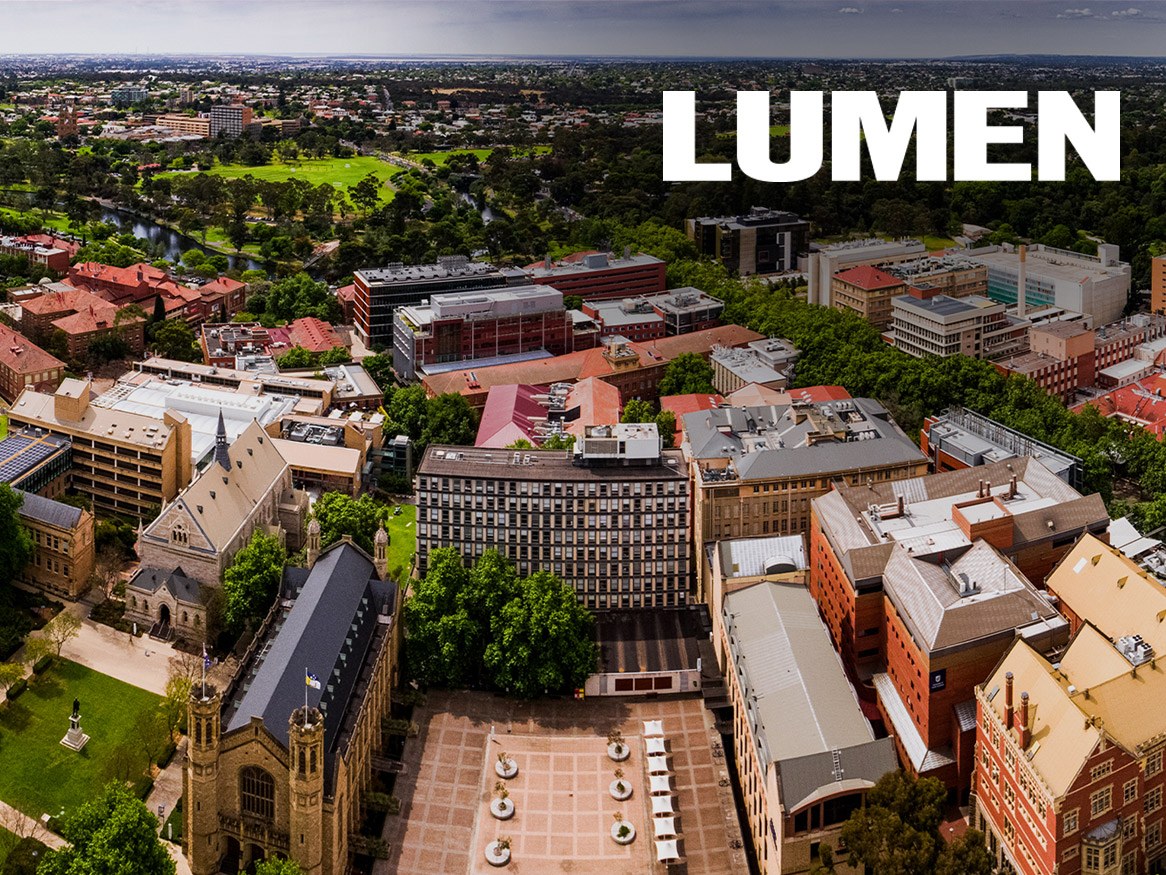No substitute for untouched tropical forests

A rain forest in Indonesia.
Photo by iStock.
Full Image (160.73K)
Thursday, 15 September 2011
South-East Asia has suffered the greatest losses of biodiversity of any tropical region in the world over the past 50 years, according to new research involving the University of Adelaide.
Researchers found that South-East Asia has the lowest remaining forest cover, highest rates of deforestation, and the highest human population densities among all of the major tropical regions.
The study, published today in the journal Nature, highlights the importance of natural forests undisturbed by humans - known as 'primary forests' - in sustaining tropical wildlife.
"The study compares human impacts on biodiversity across the world's key tropical forested regions, and the conclusion is very clear: undisturbed primary forests are the only ones in which a full complement of species can thrive," says Professor Corey Bradshaw, Director of Ecological Modelling with the University of Adelaide's Environment Institute and one of the co-authors of the study.
"Much has been made in recent years of the potential conservation value of disturbed and degraded forests - what we call 'secondary forests'," says co-author Professor Barry Brook, also of the University of Adelaide's Environment Institute.
"Until now, some have believed that revegetation and other conservation programs in these secondary forests will be enough to help preserve or bring back the majority of species. However, this study shows that the impact of human interference in those forests is too strong. We're kidding ourselves if we think the damage can be reversed," he says.
"It's not that secondary forests have no biodiversity value, they are just less valuable than primary forests," Professor Bradshaw says. "We should be focused on protecting primary forests as much as possible."
One of the leaders of the study, PhD student Luke Gibson from the National University of Singapore, says: "There's no substitute for primary forests. Our comprehensive assessment shows that all major forms of disturbance, with one possible exception, invariably reduce biodiversity in tropical forests."
That exception is selective logging, which had a relatively small - but still negative - impact on biodiversity.
The other leader of the study is PhD student Tien Ming Lee from the University of California, San Diego, who says South-East Asia "consistently emerged as a conservation hotspot and must be one of our top priority regions". "This does not mean, however, that we can ignore other regions," he says.
To protect the world's remaining primary tropical forests, the authors suggest a number of strategies, including the expansion and enhanced enforcement of protected areas.
"We have already invested substantially in setting up parks, so expanding them and making them more effective might be practical," says Tien Ming Lee.
The co-authors include researchers from Singapore, Australia, the United States, Switzerland and the United Kingdom.
Contact Details
Email: corey.bradshaw@adelaide.edu.au
Sir Hubert Wilkins Chair of Climate Change
Environment Institute
The University of Adelaide
Business: +61 8 8313 5842
Mobile: +61 400 697 665
Professor Barry Brook
Email: barry.brook@utas.edu.au
Director of Climate Science, Environment Institute
The University of Adelaide
(now at University of Tasmania)
Mobile: +61 420 958 400
Mr David Ellis
Email: david.ellis@adelaide.edu.au
Website: https://www.adelaide.edu.au/newsroom/
Deputy Director, Media and Corporate Relations
External Relations
The University of Adelaide
Business: +61 8 8313 5414
Mobile: +61 (0)421 612 762







